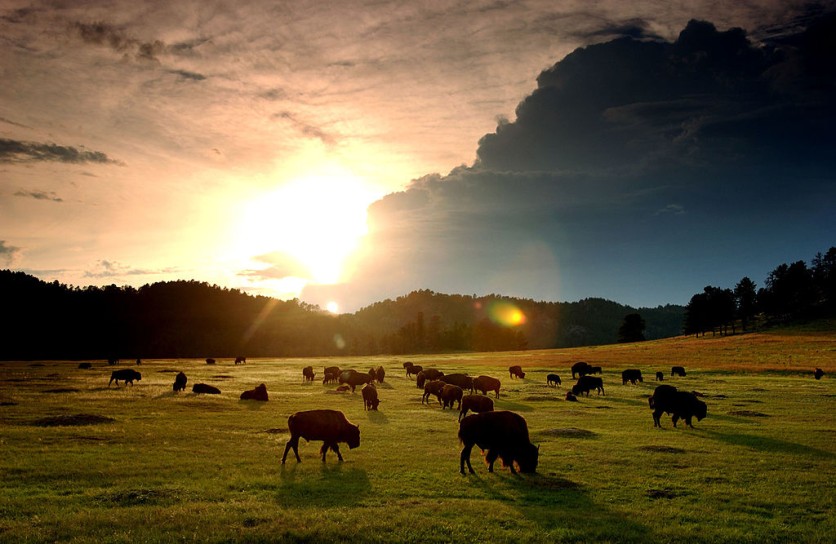Princeton researchers installed trail cameras and animal-tracking devices in Gorongosa National Park, enabling the study of animal behavior during climate emergencies. Robert Pringle's involvement marked a significant step in understanding large-mammal community responses to natural disasters.

Studying Animal Behavior During Climate Emergencies
In May 2019, cyclone Idai made landfall in Mozambique's Gorongosa National Park, a typically devastating natural disaster. However, Princeton researchers have taken proactive measures by installing trail cameras and animal-tracking devices in this wildlife-rich area.
This innovative approach allowed for the study of animal behavior and the derivation of intriguing insights into their navigation and survival strategies during climate emergencies.
The involvement of Robert Pringle, a professor in the Department of Ecology and Environmental Biology with a longstanding commitment to Gorongosa National Park, marked a significant step in understanding the real-time responses of a large-mammal community to such natural disasters.
Observing the gradual rise of waters and the subsequent reactions of animals in the hours, days, and weeks following the cyclone, the researchers sought to enhance predictions of severe weather impacts on forest and wildlife management.
Utilizing data collected before, during, and after the storm, they developed a broader set of expectations, extending beyond the specific event.
Findings of the Study
The findings revealed that survival in natural disasters was most reliably indicated by size. The research team noted a significant decline in the population of the small oribi, with a 50 percent reduction, while approximately half of the slightly larger reedbucks also succumbed to the adverse conditions.
In addition to being unable to evade the overwhelming waves of floods, smaller animals faced challenges coping with subsequent dietary restrictions after the destructive weather event. The flood devastated much of the low-lying flora and grasses, unlike larger animals that possess greater fat reserves to endure nutritional withdrawal.
Interesting Engineering reported that the researchers formulated key recommendations for wildlife managers. Firstly, they advised relocating the tiniest and most ecologically delicate animals to safer regions before storms hit.
Secondly, there was a suggestion to provide increased nutrition post-storm. With submerged grasses, animals resort to feeding on less nutrient-dense bark and bushes, which may be too much for many smaller organisms to endure.
Also Read : Free-Roaming Deer Tests Positive for Rabies in West Virginia, Prompting Outbreak Concerns
Cyclone Idai emerged as a formidable weather disaster that swept through parts of Southeast Africa, standing out as one of the most potent tropical cyclones on record to hit the southern hemisphere. The cyclone's impact led to widespread devastation and a severe humanitarian crisis, significantly affecting Mozambique, Zimbabwe, Malawi, and surrounding regions.
The research, a joint effort involving five countries, garnered praise for the lead author. The study, which delves into integrated science covering hydrology to large animal ecology, has been published in the journal Nature. The collaborative nature of the project is highlighted as a significant factor contributing to its success.
Related Article : Mammals And Birds More Likely To Survive Climate Change

ⓒ 2025 TECHTIMES.com All rights reserved. Do not reproduce without permission.




